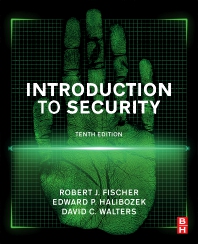Organizations around the world lose an estimated 5 percent of their annual revenues to occupational fraud, according to a survey of Certified Fraud Examiners (CFEs) who investigated cases between January 2012 and December 2013.
According to the Association of Certified Fraud Examiners (ACFE) and its 2014 Report to the Nations on Occupational Fraud & Abuse there are top lessons business owners, directors and managers should heed to be better protected from the risk of fraud:
- Implement a fraud hotline. Occupational fraud is far more likely to be detected by a tip than by any other method. More than 40 percent of all cases were detected by a tip – with the majority of them coming from employees of the victim organization. There are several providers of hotline services that can help implement an anonymous tip reporting system for businesses of all sizes and industries.
- Be aware of red flag behaviors. More than 90 percent of fraud perpetrators in the study cases displayed certain common behavioral indicators. Among the most common red flags: living beyond one’s means (43.8 percent), having financial difficulties (33 percent), keeping an unusually close association with a vendor or customer (21.8 percent) and exhibiting control issues with an unwillingness to share duties (21.1 percent).
- Don’t depend solely on external audits. External audits are implemented by a large number of organizations, but they are among the least effective controls in combating occupational fraud. Such audits were the primary detection method in just 3 percent of the fraud cases in the study. For perspective: 7 percent were detected by accident. A robust anti-fraud program with a reporting system for tips is needed for better protection.
- Small business owner? Be vigilant. The smallest organizations in the ACFE study suffered disproportionally, with a median loss of $154,000 – higher than the overall median loss for fraud cases in the study ($145,000). These organizations typically employ fewer anti-fraud controls than their larger counterparts, which increases their vulnerability to fraud.
- Focus on prevention, not recovery. The process of recovering the losses from a fraud can go on for years. At the time of the survey, however, most respondents (58 percent) noted that there had been “no recovery” of losses to date. By contrast, only 14 percent of victim organizations had made a full recovery during the same period. It is clearly more cost-effective to prevent fraud with proactive controls, rather than to hope to recover losses after the fact.
The 2014 Report to the Nations is available for download online at: ACFE.com/RTTN.







